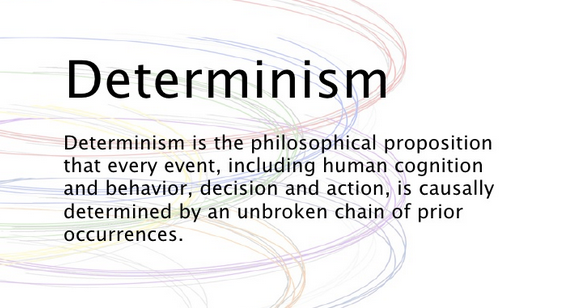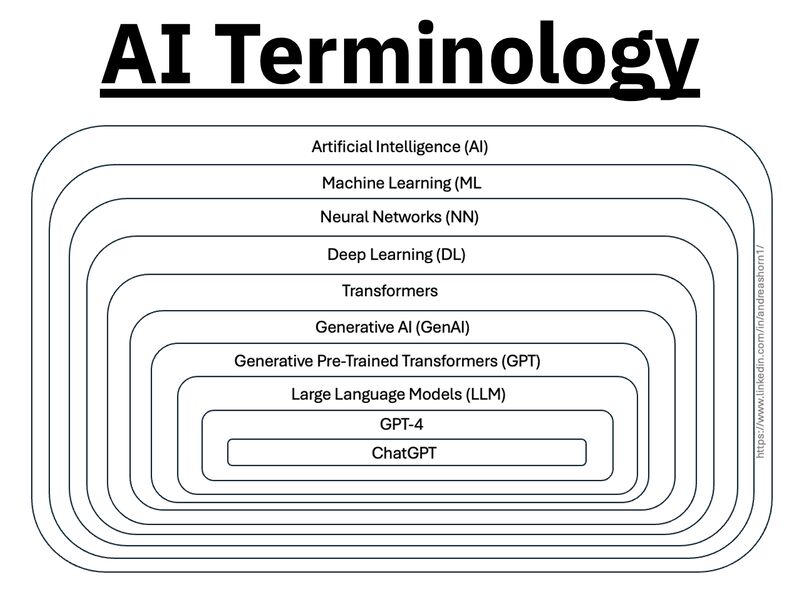BREAKING NEWS
LATEST POSTS
-
Flair.ai – The AI design tool for product photography
With an intuitive, user-friendly interface and a powerful AI engine, Flair AI can generate high-quality product photoshoots in seconds.
-
EasyFrontend | 700+ Free UI Web Components with Code Editor
EasyFrontend offers a collection of UI Components, Blocks, and Sections built with HTML, React, Bootstrap, and Tailwind CSS to enable you to make a site in minutes. -
DocRes – Document and scans Image Restoration
DocRes is a new model that simplifies document image restoration by handling five tasks: dewarping, deshadowing, appearance enhancement, deblurring, and binarization within a single system.
https://github.com/zzzhang-jx/docres
-
Microsoft Working on ‘Far Larger’ In-House AI Model
-
Apple launches Final Cut Camera app to support multicam productions
https://www.theverge.com/2024/5/7/24151109/apple-final-cut-camera-app-support-multicam-ipad
Apple has released Final Cut Camera for iPhone and iPad, allowing filmmakers to take video and stream it live back to an iPad for a multicam shoot. The updated Final Cut 2 app allows users to can control each Final Cut Camera-running device connected to it with a multiscreen view. Users can switch between production and editing anytime to live-cut their projects in the new version.
-
The 3 Body Problem and the case against Determinism
It’s becoming clear that deterministic physics cannot easily answer all aspects of nature, at astronomical and biological level.
Is this a limitation in modern mathematics and/or tools. Or an actual barrier?
The 𝐓𝐡𝐫𝐞𝐞-𝐁𝐨𝐝𝐲 𝐏𝐫𝐨𝐛𝐥𝐞𝐦 is one of the most enduring challenges in celestial mechanics, addressing the complex motion of three celestial bodies interacting under gravity. Governed by Newton’s laws of motion and the law of universal gravitation, it seeks to predict the paths of the bodies based on their masses, positions, and velocities. While the Two-Body Problem has exact solutions described by Kepler’s laws, introducing a third body leads to a nonlinear system of equations with no general analytical solution. This complexity arises from the chaotic interactions between the bodies, where even minute changes in initial conditions can lead to vastly different trajectories—a key aspect of chaos theory.
Historically, the Three-Body Problem has fascinated some of the greatest scientific minds. Isaac Newton laid its foundation, but it was Joseph-Louis Lagrange and Leonhard Euler who discovered specific cases with periodic or predictable solutions. Lagrange identified the Lagrange points, stable positions where the gravitational forces and motion of the three bodies balance, while Euler found collinear solutions, where the bodies align on a single line periodically. These solutions, though special cases, have profound implications for space exploration, such as identifying stable regions for satellites orbits.
Despite the chaotic nature of the Three-Body Problem, researchers have discovered periodic solutions where the bodies follow repetitive paths, returning to their original positions after a fixed time. In the 1970s, Michel Hénon, Roger A. Broucke, and George Hadjidemetriou identified a fascinating family of such solutions, now known as the Broucke–Hénon–Hadjidemetriou family. These solutions often involve symmetric and elegant trajectories, such as the figure-eight orbit, where three equal-mass bodies chase each other along a shared path resembling the number eight.
Other periodic solutions include equilateral triangle configurations (where the bodies maintain a triangular shape while rotating or oscillating) and collinear periodic orbits (where the bodies periodically align and reverse directions). These solutions highlight the intricate balance between gravitational forces and motion, offering glimpses of stability within the chaos.
While the Three-Body Problem laid the groundwork for understanding gravitational interactions, the study of higher n-body problems reveals the rich and chaotic dynamics of larger systems, offering critical insights into both cosmic structures and practical applications like orbital dynamics. -
James Gerde – The way the leaves dance in the rain
https://www.instagram.com/gerdegotit/reel/C6s-2r2RgSu/
Since spending a lot of time recently with SDXL I’ve since made my way back to SD 1.5
While the models overall have less fidelity. There is just no comparing to the current motion models we have available for animatediff with 1.5 models.
To date this is one of my favorite pieces. Not because I think it’s even the best it can be. But because the workflow adjustments unlocked some very important ideas I can’t wait to try out.
Performance by @silkenkelly and @itxtheballerina on IG
FEATURED POSTS
-
Adobe scolded for selling ‘Ansel Adams-style’ images generated by AI
https://www.theverge.com/2024/6/3/24170285/adobe-stock-ansel-adams-style-ai-generated-images
Adobe responded to the callout, saying it had removed the offending content and had privately messaged the Adams estate to get in touch directly in the future. The Adams estate, however, said it had contacted Adobe directly multiple times since August 2023.
“Assuming you want to be taken seriously re: your purported commitment to ethical, responsible AI, while demonstrating respect for the creative community, we invite you to become proactive about complaints like ours, & to stop putting the onus on individual artists/artists’ estates to continuously police our IP on your platform, on your terms,” said the Adams estate on Threads. “It’s past time to stop wasting resources that don’t belong to you.”
-
The Forbidden colors – Red-Green & Blue-Yellow: The Stunning Colors You Can’t See
www.livescience.com/17948-red-green-blue-yellow-stunning-colors.html

While the human eye has red, green, and blue-sensing cones, those cones are cross-wired in the retina to produce a luminance channel plus a red-green and a blue-yellow channel, and it’s data in that color space (known technically as “LAB”) that goes to the brain. That’s why we can’t perceive a reddish-green or a yellowish-blue, whereas such colors can be represented in the RGB color space used by digital cameras.
https://en.rockcontent.com/blog/the-use-of-yellow-in-data-design
The back of the retina is covered in light-sensitive neurons known as cone cells and rod cells. There are three types of cone cells, each sensitive to different ranges of light. These ranges overlap, but for convenience the cones are referred to as blue (short-wavelength), green (medium-wavelength), and red (long-wavelength). The rod cells are primarily used in low-light situations, so we’ll ignore those for now.
When light enters the eye and hits the cone cells, the cones get excited and send signals to the brain through the visual cortex. Different wavelengths of light excite different combinations of cones to varying levels, which generates our perception of color. You can see that the red cones are most sensitive to light, and the blue cones are least sensitive. The sensitivity of green and red cones overlaps for most of the visible spectrum.

Here’s how your brain takes the signals of light intensity from the cones and turns it into color information. To see red or green, your brain finds the difference between the levels of excitement in your red and green cones. This is the red-green channel.
To get “brightness,” your brain combines the excitement of your red and green cones. This creates the luminance, or black-white, channel. To see yellow or blue, your brain then finds the difference between this luminance signal and the excitement of your blue cones. This is the yellow-blue channel.
From the calculations made in the brain along those three channels, we get four basic colors: blue, green, yellow, and red. Seeing blue is what you experience when low-wavelength light excites the blue cones more than the green and red.
Seeing green happens when light excites the green cones more than the red cones. Seeing red happens when only the red cones are excited by high-wavelength light.
Here’s where it gets interesting. Seeing yellow is what happens when BOTH the green AND red cones are highly excited near their peak sensitivity. This is the biggest collective excitement that your cones ever have, aside from seeing pure white.
Notice that yellow occurs at peak intensity in the graph to the right. Further, the lens and cornea of the eye happen to block shorter wavelengths, reducing sensitivity to blue and violet light.







